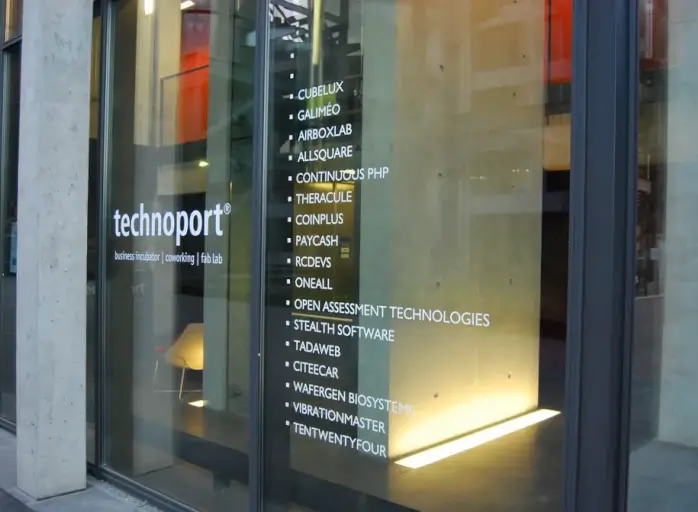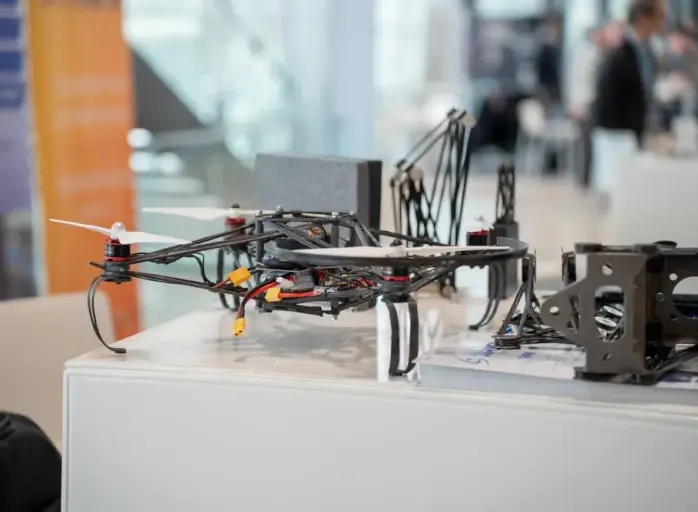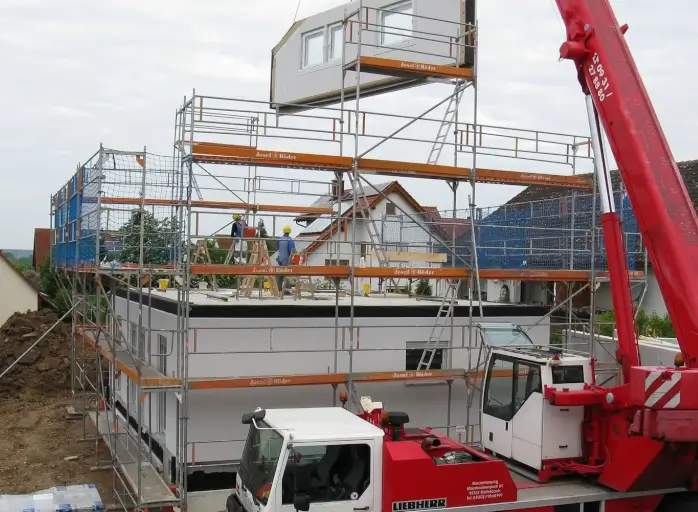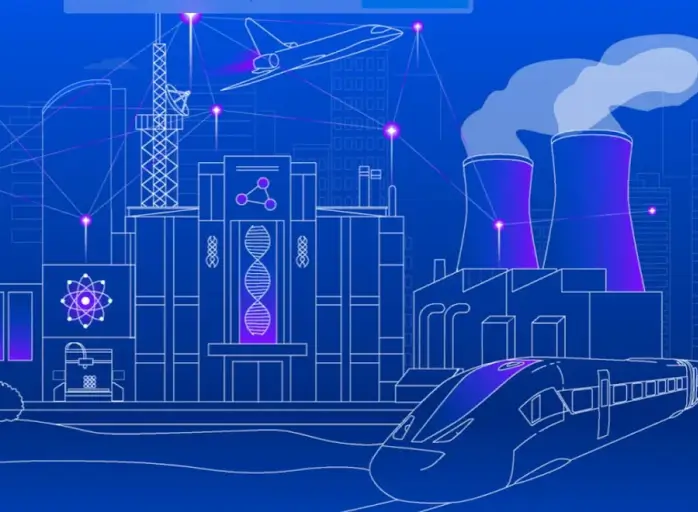

5G-Safe-Plus: technologies for road safety
With the support of Luxinnovation, HITEC Luxembourg has joined the international 5G-Safe-Plus project aimed at preventing traffic accidents by providing high-performance communication solutions. The first equipment is being installed on the highways.
 Jean-Michel Gaudron
Jean-Michel Gaudron
All over the world, the phenomenon of metropolisation is affecting large cities. Luxembourg has not been spared. Its capital city and suburban surroundings account for 49% of the country’s total daily travel – a fact that also reflects the characteristics of a country whose living area extends well beyond its borders.
All workers, including commuters from France, Belgium and Germany, experience this in their daily travels as they encounter mobility problems (road congestion, the risk of accident, environmental degradation, etc.).
Various travel analyses have fed into strategic thinking at the national level. Recently, the Luxembourg government presented the National Mobility Plan 2035 (NMP) with a number of challenges to be met and targeted actions, the aim of which is to move towards a “multimodal” road network and to make local projects consistent. The aim of the implementation of this plan is to achieve 40% additional passenger transport capacity by 2035 (compared to 2017).
At the same time, over the past 10 years following the publication of the ITS Directive 2010/40, the European Union has been supporting innovative projects in intelligent transport systems and, in particular, the promotion of autonomous vehicles, reclassified as “automated and connected” vehicles. The objective is to turn this into an accessible future rather than an overly theoretical, or even utopian, vision.
Zero deaths by 2050
Through several impact studies, these new technologies have shown an undeniable contribution to road safety and the fight against global warming. Therefore, they are part of the ambitious “Vision Zero” objective of reaching zero deaths or serious injuries on European roads by 2050.
It is only with a broad consultation of the various stakeholders (experts, industrialists, public authorities in charge of transport infrastructures and managers, etc.) that the choice can be made from a wide range of applications.
Among them, it appears that traffic information and management, road safety, guidance to parking lots and multimodal platforms, intelligent intersection management and priority for authorized vehicles in urban areas (buses, emergency vehicles, etc.) will be the first to emerge, catalysed by the obvious added value offered by C-ITS (Cooperative Intelligent Transport Systems) and their access to new data sources.
What are C-ITS?
C-ITS refers to the cooperative exchange of information between vehicles and infrastructure and between vehicles themselves. These different modes of real-time operation are found in the acronyms I2V, V2I and V2V… and are more commonly referred to as V2X (vehicle to everything). Within the network, the “connected” road infrastructure will play a major role in supporting driver assistance functions (advanced driver-assistance systems (ADAS)).
In practice, vehicles are equipped with sensors that detect events (slippery road, impact, sudden braking, etc.) and on-board units that transmit the information to upstream vehicles (V2V – vehicle to vehicle) and to the manager (V2I – vehicle to infrastructure) via roadside units. Conversely, the manager can also transmit high-quality, accurate and up-to-date information (construction sites, traffic light cycles, etc.) to the in-vehicle units (I2V – infrastructure to vehicle).
In 2018, Volkswagen launched Golf 8, the first vehicle equipped with these technologies as standard. Since then, other “ID” electric vehicles have followed. Some manufacturers, such as Stellantis, Audi, BMW and Chinese manufacturers have adopted global strategies based on 5G cellular technology (C-V2X) and its derivative called PC5 that allows direct V2V connections without going through the core network.
Eventually, the two technologies should coexist and thus be the lever for large-scale deployment. Both offer advantages that need to be tested in real-life demonstrators.
“Interesting development prospects”
In Luxembourg, thanks to the support of Luxinnovation, HITEC Luxembourg has joined the international 5G-Safe-Plus project in order to integrate these new V2X technologies and to assess whether they are able to meet the expected performance requirements in terms of latency and throughput in critical situations. The first equipment has been deployed on a section of freeway in southern Luxembourg.
“The emergence of new technologies supporting autonomous and connected driving represents not only road safety benefits but also an interesting economic development axis for Luxembourg,” confirms Anthony Auert, manager of the Luxembourg AutoMobility Cluster at Luxinnovation. “In recent years, we have welcomed a number of start-ups offering innovative solutions in this field, motivated by our geographical location that offers interesting development prospects as well as by collaboration opportunities with historical players such as IEE or Goodyear.”
“C-ITS are innovative and mature technologies that are disrupting the way information is exchanged for mobility,” adds Mohamed Djedai, Manager ITS and traffic at HITEC Luxembourg. “In the case of the 5G-Safe-Plus project, we are mainly interested in road safety solutions but more generally in V2X connectivity, which helps to address the challenges of making cities safer, cleaner and smarter.”







